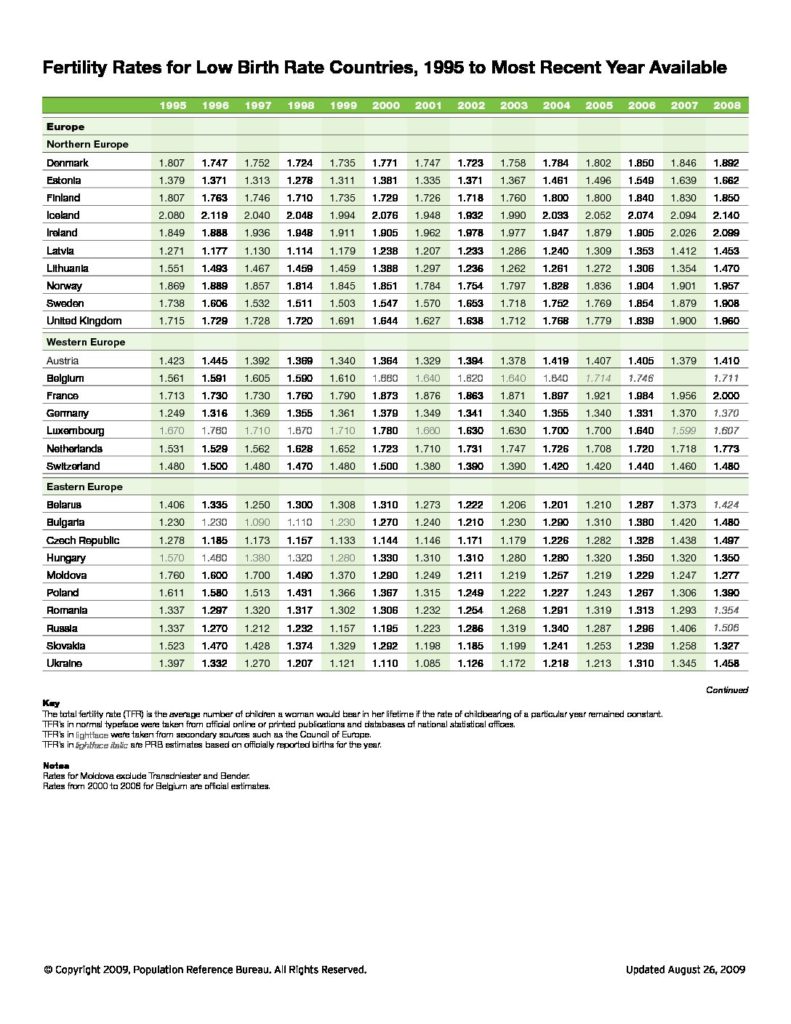Changing Race and Ethnicity Questions on the U.S. Census Form Reflect Evolving Views
Census questions about race and ethnicity have evolved over time, as have Americans’ views about racial and ethnic identification.

Census questions about race and ethnicity have evolved over time, as have Americans’ views about racial and ethnic identification.
(2001) Despite laws against domestic violence, many women in Latin America and the Caribbean continue to be failed by the legal system.
(Video Series) The 20th century world population "explosion," from 1.6 billion in 1900 to 6.1 in 2000, was a direct result of the rapid decline in mortality rates in less developed countries.
(2013) Many countries have made progress in achieving the United Nations Millennium Development Goal 4: to reduce child mortality by two-thirds by 2015. Ethiopia's achievement in reducing child mortality has been remarkable, but still today, one of every 17 Ethiopian children dies before age 1.

(2013) Feb. 6, 2013, marks a decade since the first International Day of Zero Tolerance to Female Genital Mutilation was commemorated. An estimated 100 million to 140 million girls and women worldwide have undergone female genital mutilation/cutting (FGM/C), and more than 3 million girls are at risk for cutting each year on the African continent alone.

Results from Kenya's 2014 Demographic and Health Survey reveal that facets of adolescent sexual and reproductive health are improving but that some areas need further attention and work.
(April 2011) On March 24, 2011, the U.S. Census Bureau released the final 2010 Census redistricting data files for each state that will be used to redraw federal, state, and local legislative districts

(2009) "1.57 Shock" was a popular media phrase in Japan back in 1990 after the fertility rate (TFR) fell to its lowest value ever: 1.57 lifetime births per woman, recorded for 1989.1 This was even below the 1.58 children per woman reached during the inauspicious year of the Fire Horse—1966.